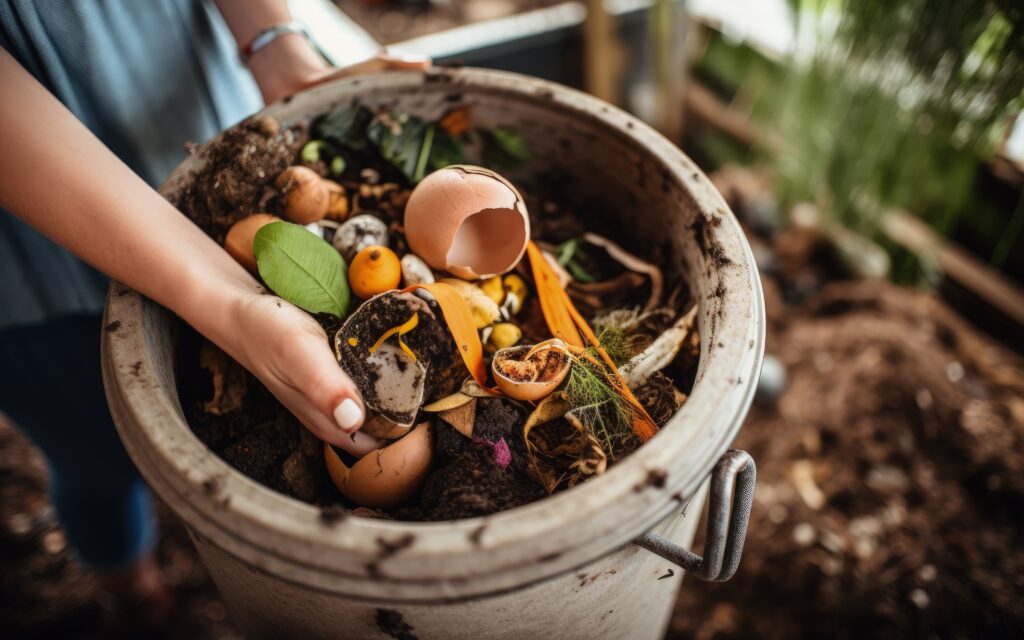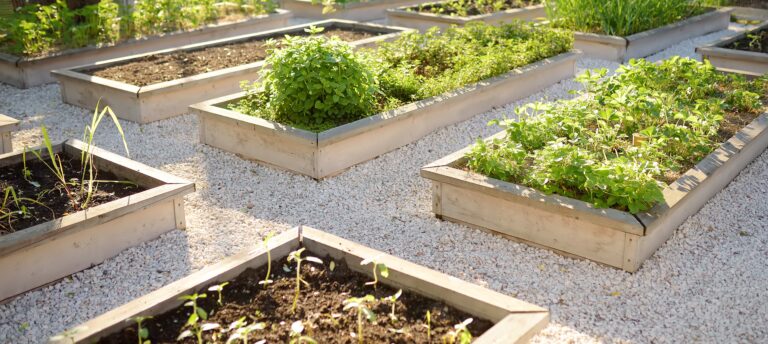Improving garden soil with compost is a great way to enhance its fertility, structure, and overall health. Compost adds valuable organic matter, nutrients, and beneficial microorganisms to the soil, resulting in healthier plants and improved growing conditions.
Follow our a step-by-step guide on how to improve your garden soil with compost.
Prepare the compost
Start by creating or obtaining high-quality compost. You can make your own compost by collecting kitchen scraps, yard waste, and other organic materials like leaves, grass clippings, and plant trimmings. Allow these materials to decompose over time, turning them occasionally to speed up the process. Alternatively, you can purchase organic compost direct from us.

Test your soil
Before adding compost, it’s helpful to know the current condition of your soil. You can perform a soil test using a home testing kit or send a sample to a professional lab for analysis. The results will provide information about the pH level, nutrient content, and any deficiencies or imbalances in the soil.
Determine the quantity
Calculate the amount of compost you need based on the area you want to improve. A general guideline is to apply a 1- to 2-inch layer of compost to the top 6 to 8 inches of soil. If you have sandy or heavy clay soil, you may need to add more compost to improve its texture and water-holding capacity.
Clear the area
Remove any weeds, rocks, or debris from the garden bed or planting area where you’ll be adding compost. This ensures that the compost can mix thoroughly with the soil.
Spread the compost
Evenly distribute the compost over the garden bed or planting area. Use a rake or garden fork to work the compost into the top few inches of soil. Avoid burying the compost too deep, as it needs to be accessible to plant roots.
Incorporate the compost
Once the compost is spread, gently mix it into the existing soil. This can be done by turning the soil with a shovel or garden fork. Aim to achieve a uniform mixture of soil and compost throughout the entire planting area.
Water the soil
After incorporating the compost, water the soil thoroughly. This helps to settle the compost and initiates the process of nutrient release. Moisture also activates the beneficial microorganisms in the compost, allowing them to work their magic in the soil.
Apply mulch
Consider applying a layer of organic mulch, such as wood chips or straw, on top of the soil to help retain moisture, suppress weeds, and protect the soil and compost from erosion.
Maintain the soil
To continue improving your garden soil over time, regularly add compost as a top dressing or use it as an ingredient in homemade potting mixes. Composting kitchen scraps and yard waste regularly will provide a continuous supply of nutrient-rich compost.
By following these steps, you’ll gradually enrich your garden soil with compost, creating a fertile environment that supports healthy plant growth.



